Posted on July 20, 2015 10:26:00 PM
Coconut or oil palm? We can have both
14 0 Google +0 1
 |
There is a continuing debate regarding coconut and oil palm planting in the Philippines. I refer to the conflict between supporters of the two crops, even in the halls of government. And this debate has generated half-truths and lies. Take these examples:
|
RELATED STORIES
 M.A.P. Insights — Chit U. Juan: “ASEAN integration, the women’s way”
 M.A.P. Insights — Felino A. Palafox, Jr.: “How tall buildings and heritage can blend into historic urban fabric”
 M.A.P. Insights — Greg Navarro: “Fair competition matters to the poor”
 M.A.P. Insights — Alma Rita R. Jimenez: “Innovation is not optional”
 M.A.P. Insights — Jaime S. de los Santos: “How we got the BBL that almost got past us”
|
• Palm oil is supplanting coconut oil in the world market… let us oppose oil palm planting.
• Coconut levy funds will be used to plant oil palm.
• Oil palm is an alien crop, and will affect biodiversity.
• Oil palm drains the soils of nutrients in the same way as cassava.
• Oil palm will destroy forests.
These unnecessary debates are delaying poverty reduction and job creation.
What are the stumbling blocks?
First, we are not market-driven. While Indonesia is nearing 10 million hectares of planted area (which environmentalists oppose), Malaysia is nearing six million hectares, and Thailand one million. The Philippines is stuck at around 65,000 hectares.
In 2014, of the total world export valued at $34 billion, Indonesia supplied $17 billion, Malaysia $12 billion, Thailand $200 million, and the Philippines $36 million. These did not include downstream products like oleo-chemicals and bio-diesel.
In 2014, Malaysia exported some 500,000 tons ($420 million) of palm oil products to the Philippines. Indonesia shipped also just to the Philippines 200,000 tons ($180 million). By contrast, the Philippines exported $36 million.
The evidence is that the Philippines has a palm oil market good for around 200,000 to 250,000 hectares to replace the imported volumes. So, why not plant and replace imports?
Second, the Philippine Coconut Authority (PCA) is responsible for coconut development. Palm oil was added a few years ago. So, what will happen? Indeed, the coconut lobby is a Goliath at PCA. People are hesitant to move for oil palm development.
Third, oil palm is an alien crop. The first oil palm plantation was started in Basilan in the late 1950s, in Sultan Kudarat in 1960s, and Agusan in the 1980s. Oil palm is as alien as avocado, cacao, coffee and corn (all from Mexico?).
Fourth, oil palm drains the soils of nutrients as it uses up to 20 bags of fertilizers. And what about sugarcane, two crops of irrigated rice, two crops a year of corn, cassava?
Fifth, oil palm planting will destroy forests. There are few forests to destroy in this country, unlike in Indonesia. Oil palm uses upland areas which are cogon lands and planted to low-yield crops. Our forests were destroyed by irresponsible loggers andkaingineros decades ago.
Sixth, there is competition for land between coconut and oil palm. How can this be? There are some 3.5 million hectares of coconut lands versus 65,000 hectares of oil palm. There are millions of hectares of low — yield corn lands, upland rice areas and grasslands that can be developed for oil palm. We need evidence on how much coconut lands have been converted to oil palm!
The choice of what to plant should be given to investors. A well-managed oil palm farm can generate about P100,000 per hectare in sales versus P30,000 per hectare for traditional coconut farm. A well-managed coconut farm with cacao or banana intercrop can match oil palm. This system, of course, demands work discipline.
Rural poverty incidence in this country is about 40%, or nearly 20 million people out of some 50 million rural residents. Much of this poverty is due to low productivity in corn, coconut, coffee and other crops. Entrepreneurs will not invest in oil palm, unless good farm practices are applied.
While oil palm will have above-poverty income from two hectares of family-owned farms, commercial farms will only employ one full-time worker for five hectares. Not that labor intensive, but it is job-creating for 30 years, nevertheless. With so much unemployment and underemployment in the farms, oil palm provides a stable income and jobs as harvest comes every 10 days.
Is it wrong to put oil palm under the aegis of the PCA? If not in PCA, where? Other tree crops are less attended too — cacao, coffee, rubber. There are minimal or no tree crop experts at the Department of Agriculture and at the local government levels.
It is time to conduct a strategic analysis of how this country can really make tree-crop development a priority just like in other ASEAN countries. Too much resources and focus on a few crops will not solve the mass rural poverty in the countryside, which is the highest in the ASEAN.
The sound option is coconut and oil palm. They are not mutually exclusive.
Rolando T. Dy is the Vice Chair of the M.A.P. AgriBusiness and Countryside Development Committee, and the Executive Director of the Center for Food and AgriBusiness of the University of Asia & the Pacific.

